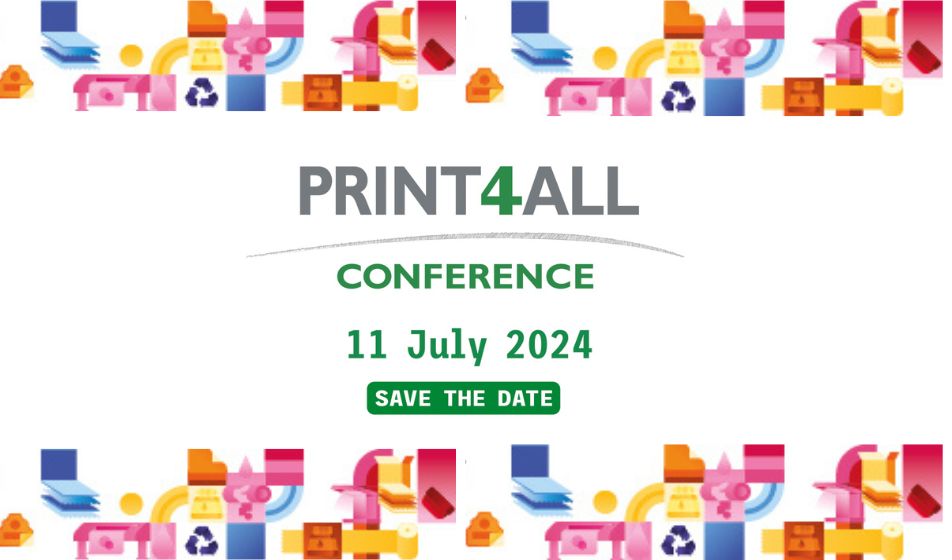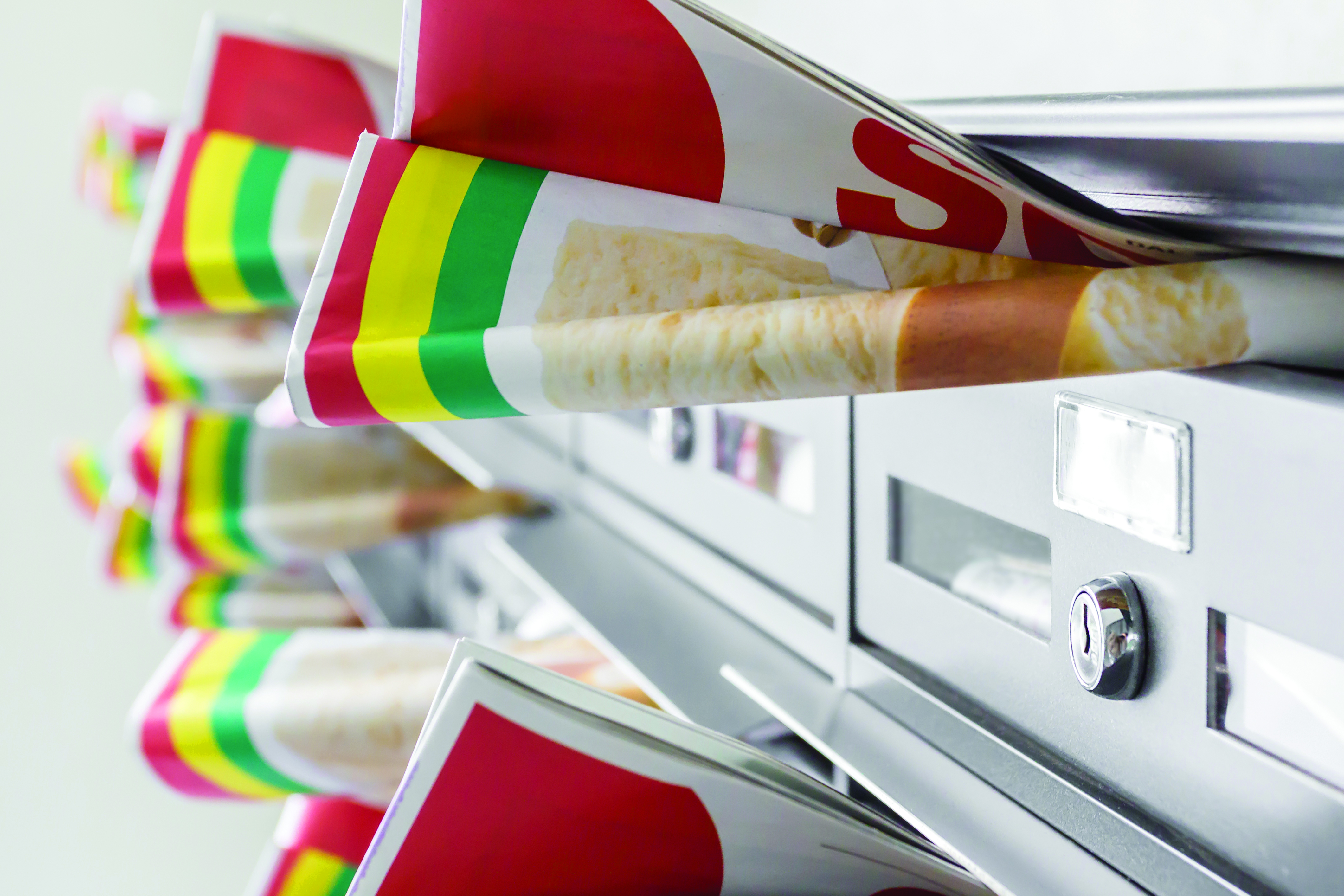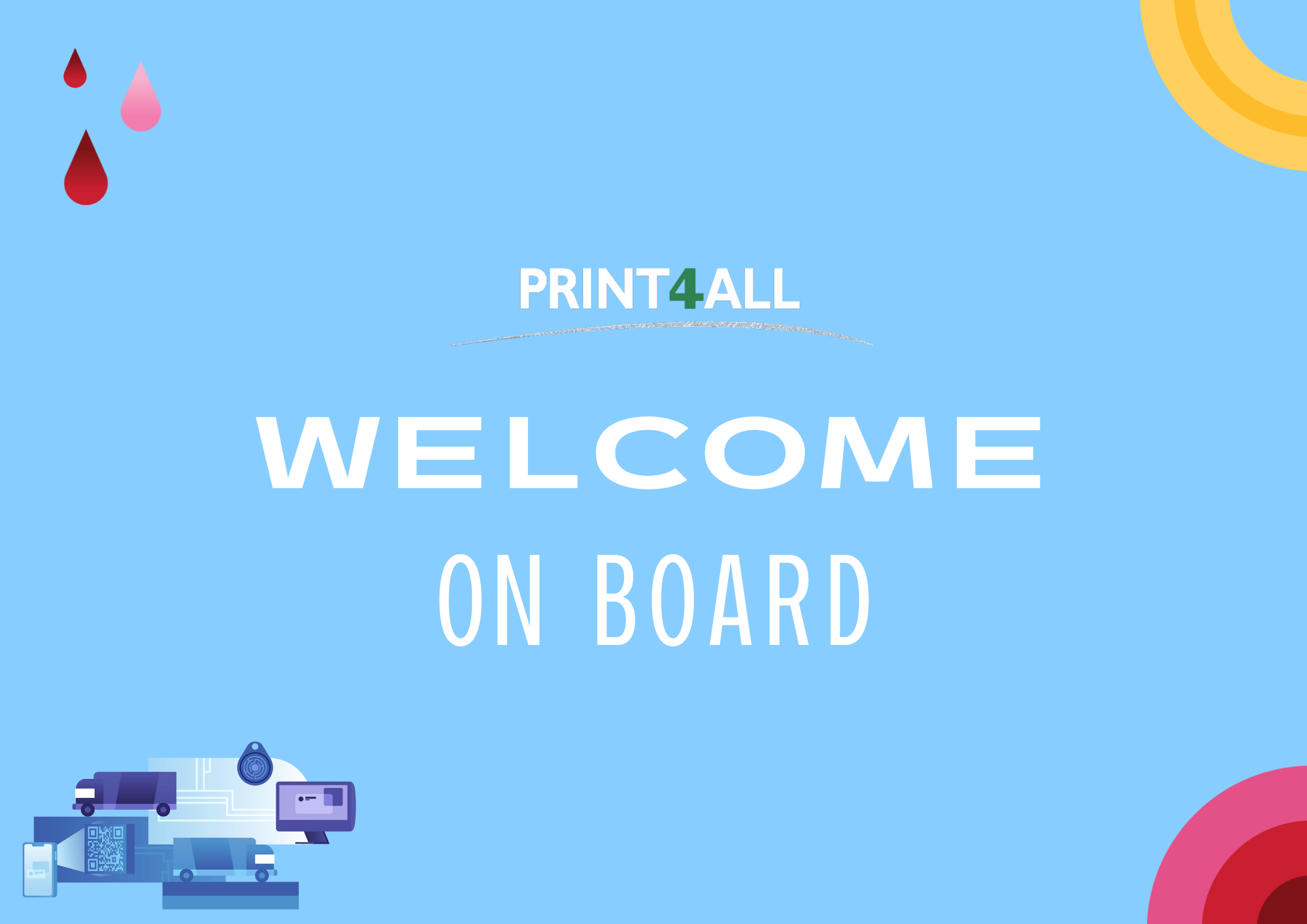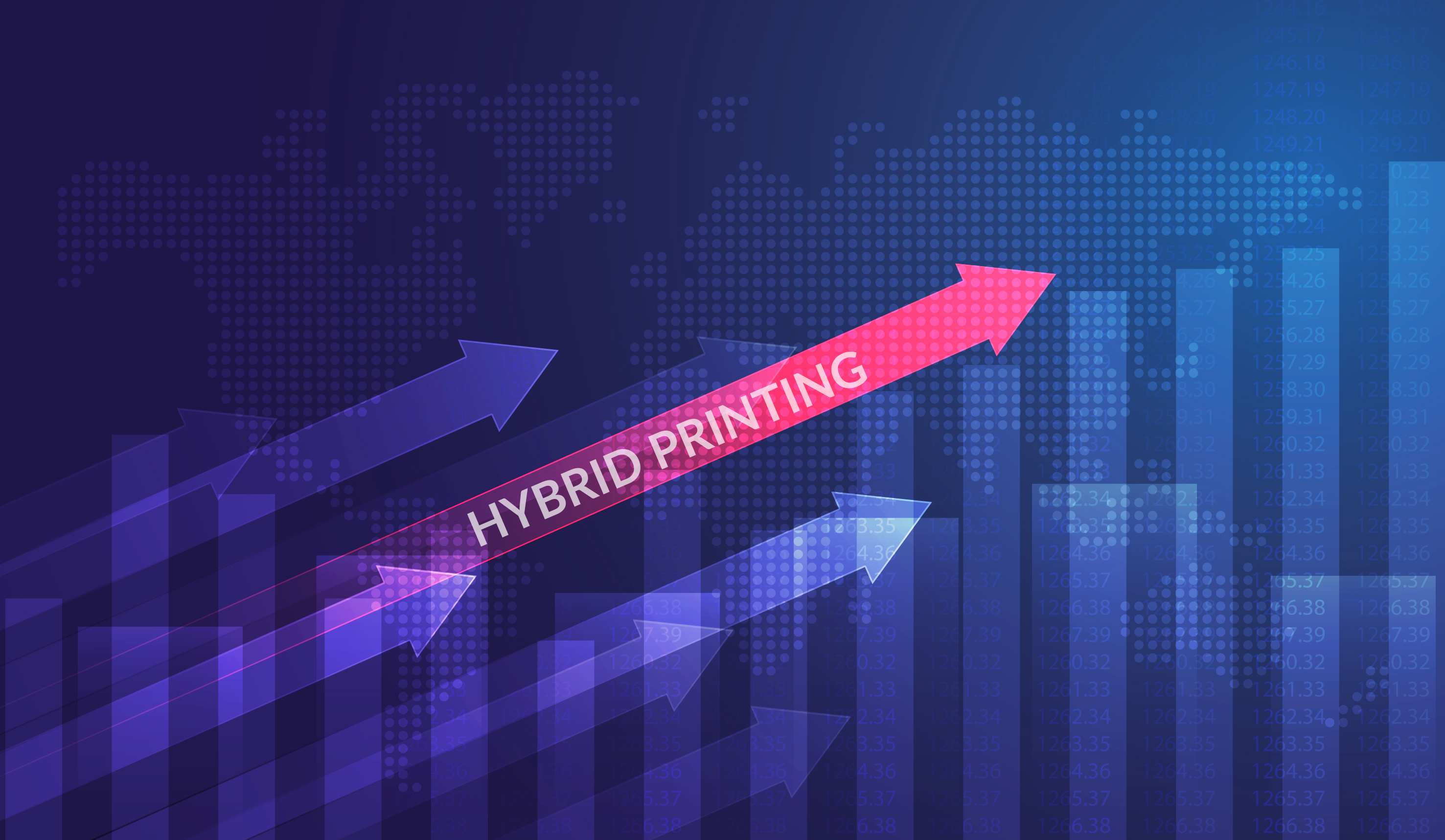The possibility of customising environments in the home and giving a more contemporary look to a single wall or room has opened up endless creative opportunities in the field of interior décor. Both private individuals and companies are increasingly turning to wallpaper as an ideal solution to improve the appearance of their offices. Architects and designers have consequently started to use wallpaper to design rooms that convey the personality of the people who live in them. Thanks to the variety of patterns, materials and finishes and the use of increasingly innovative printing technologies, the wallpaper segment is booming.
Although rotogravure is still the most widely used printing method for high-volume production of repeating patterns, digital printing has conquered its share of the market, thanks to the possibility of overcoming the dimensional limits imposed by classic cylinders and the lower start-up and production costs. On the materials front, the introduction of innovative substrates has made it possible to expand the offer in terms of aesthetics and functionality. There are washable, fireproof, sound absorbing, durable and easy-to-remove wallpapers that can also be applied to surfaces in places where it would have been impossible until a few years ago: ceilings, kitchen nooks, bathrooms, external walls.
Printing service providers now have solutions available to meet the new demands of the interior market, and at the same time, printers and wallpaper manufacturers have diversified their business and renewed their portfolios with an eye for extreme customisation and have also embraced the e-commerce route.
Minimalism has run its course
Simply turn the pages of the leading magazines in the sector to see how the world of interior design has left behind the concept of minimalism to embrace the trend of extreme customisation, which plays on the combination of an infinite range of materials, finishes and accessories. The aim is to create environments that convey uniqueness, thanks to important scenic details and a wealth of made-to-measure elements. The forerunner in this respect is wall decoration, where there is an ever-increasing demand for tailor-made decorative solutions that have nothing to do with the traditional upholstery concept.
Describing oneself, strengthening brand identity
The common ground of wallpaper manufacturers, designers and technology providers is also supported by a change in the demands of users who not only recognise the creative potential of interior décor, but also appreciate the possibility of making a room personal, intimate and cosy, and thus conveying their own identity. A decorative element can become an integral part of brand identity in a hotel, chain of shops or restaurants.
Digital printing, every designer's “favourite toy”
Digital printing represents an added value for these coverings, the potential of which interior designers, architects and contractors all over the world want to exploit to its fullest extent. However, what exactly does a designer look for in a digital printing solution? The interior design world and its stakeholders look for usability, customisation, consistency of quality, low production cost and reproducibility, all of which help to create a more customer-centric user experience. Speed of production and ease of purchase are two essential factors, as well as the ability to print short runs, even one-offs with a high degree of customisation.
Decorating interiors today, a matter of time and care
The market has developed a great interest in the possibility of customising home, office and showroom environments to give interiors a more contemporary look. The old furnishing paradigms are being revisited, considering upholstery as works of art with a strong emotional impact, capable of conveying thoughts and sensations that differ depending on the perspective from which they are seen and the environment for which they are intended. No longer standard patterns or textures, endlessly repeated, but images that aim to remain unique and one-of-a-kind. In this scenario, wallpaper is able to convey a superior materiality compared to PVC-based materials, and it is on this materiality that much of today's research focuses. In many ways, the revolution taking place is similar to the one in fashion: annual collections are being replaced by ad-hoc collaborations with multi-disciplinary artists and designers with whom paper manufacturers and technology providers try to achieve the perfect partnership, working side by side, investing the time and care needed to create a perfect, and by necessity, unrepeatable project.
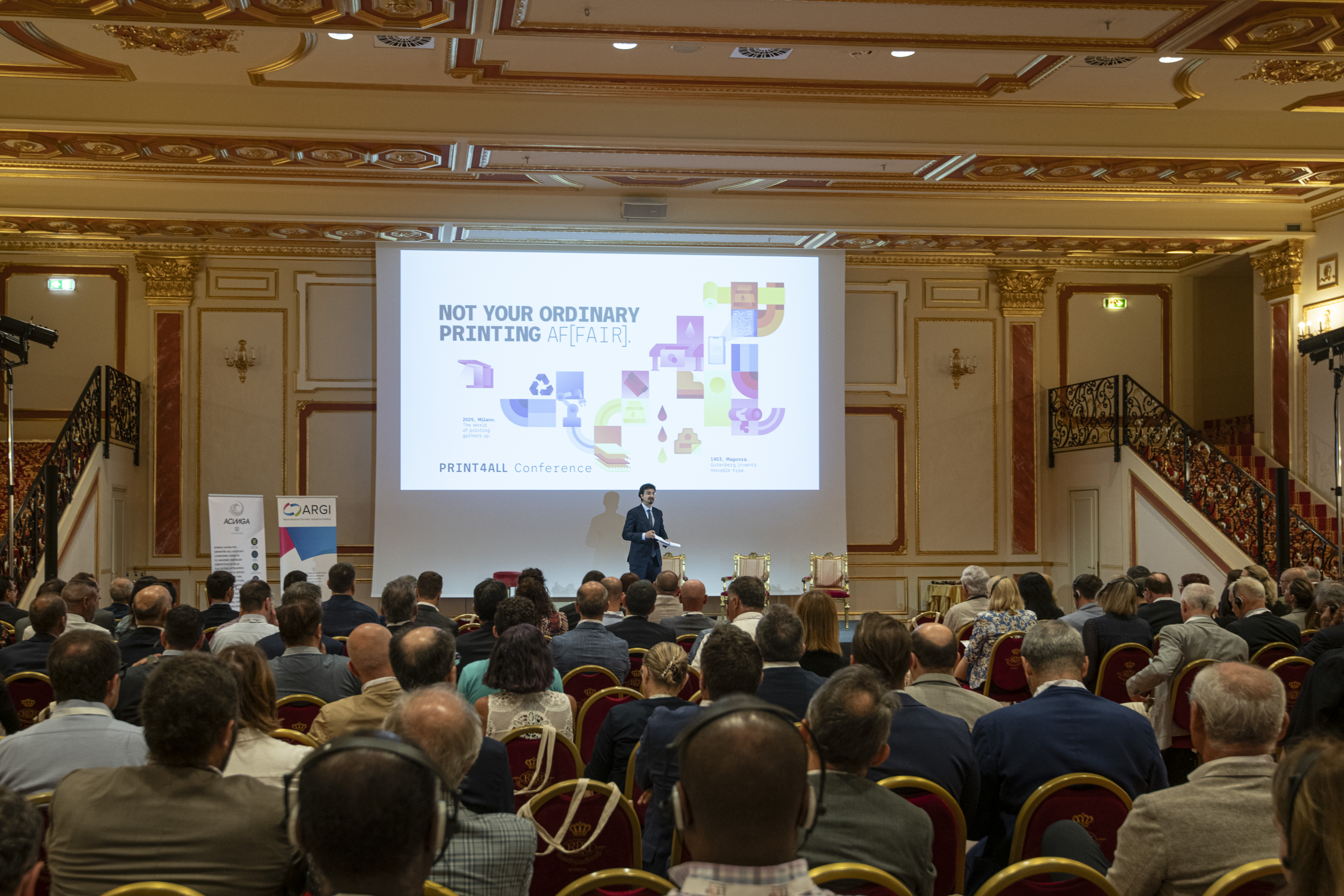

.jpg)
